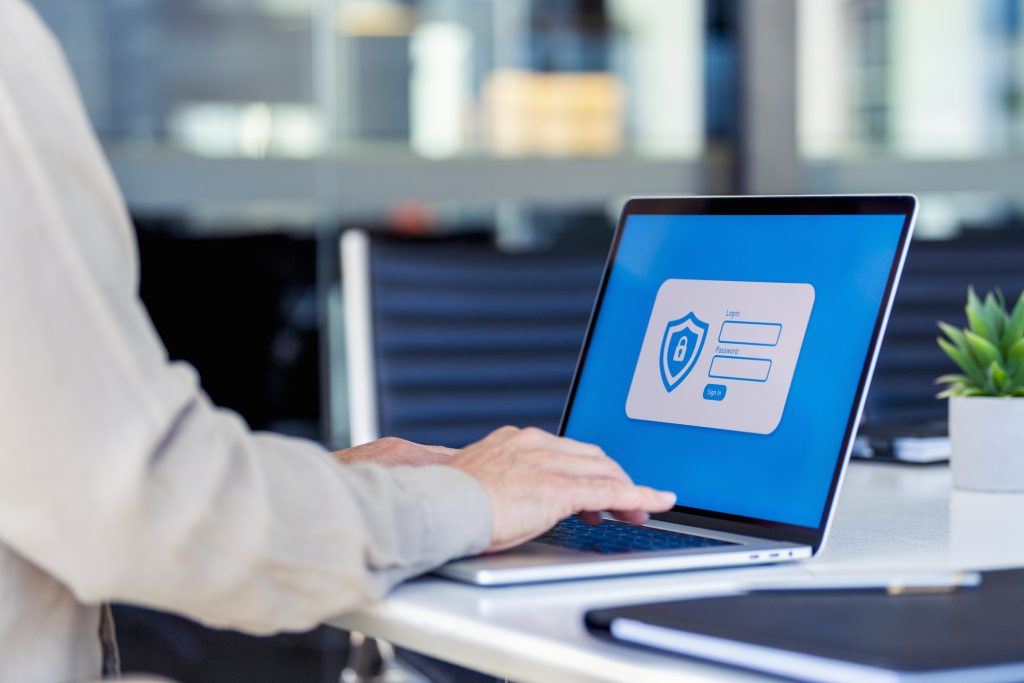
We know that it’s important to protect our retirement savings from market corrections and inflation, but what about cybercriminals? Retirement account fraud is becoming more and more common. It’s important to take steps to protect your information and accounts from cybersecurity threats. Here are three things you can do to help keep your retirement savings safe.
Keep an Eye on Your 401(k)
If there’s a fraudulent charge on your credit card, there is recourse – but what about your 401(k)? Cyber fraud is becoming more common, and plan sponsors don’t guarantee reimbursements. It’s becoming harder for cybercriminals to get ahold of bank accounts, so some are turning to retirement accounts. People may not check their 401(k) balance as often as they check their bank account, so it could take them longer to realize that something is amiss. And, if your retirement savings have been stolen, there’s no guarantee of getting it back. Make a habit of checking your 401(k) account and making sure everything looks correct on a regular basis.
Don’t Open Suspicious Emails or Click on Links Claiming to Be From Your 401(k) Provider
Avoid pop-up windows, links, and attachments from senders you don’t recognize. As a general rule, don’t enter personal or bank information in response to an email that appears to be from your 401(k) provider without checking with your company first. It may be a phishing attempt. These can also appear to be from other companies. For example, if you receive an email that appears to be from Apple or Microsoft telling you that your computer is broken, it’s likely not true. These companies wouldn’t email you this information or request any personal information online.
Beware of Emails That Appear to Be From the IRS
Beware of emails that appear to be from the IRS asking you to click on links or provide personal information. These emails may say that you owe money and will be in trouble if you don’t pay it or that you won’t get your refund if you don’t respond immediately. These links can install malware on your computer or phone, and your personal information could end up in the wrong hands. Keep in mind that a phishing email might look like it’s from the IRS, but the IRS doesn’t contact taxpayers through email.






